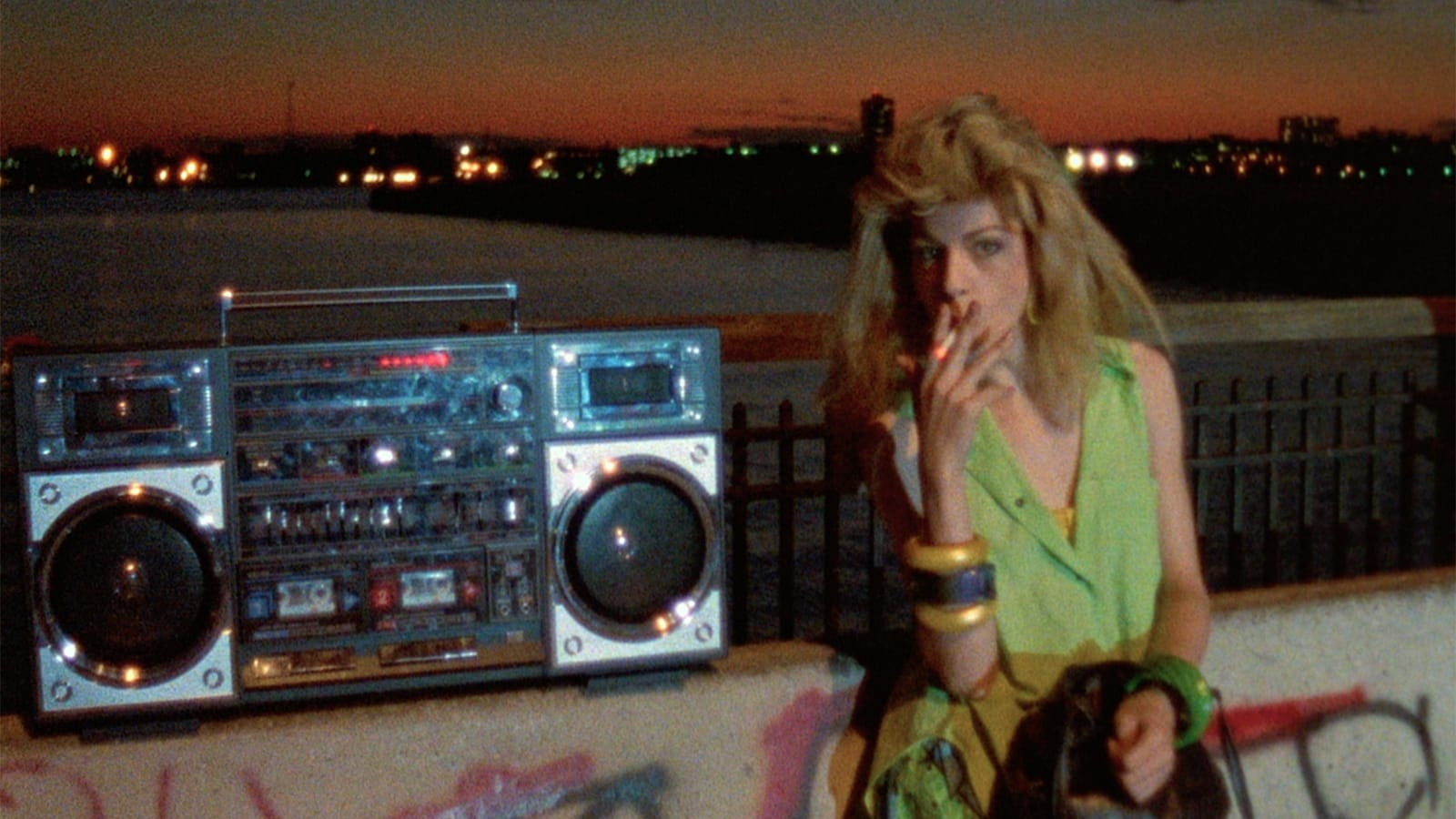A Newly Restored Paris Struts Back into Theaters

Nearly thirty years ago, Jennie Livingston’s Paris Is Burning first blazed into cinemas, flooring audiences with its dynamic portrait of Harlem’s African American and Latinx drag ball culture. Now, the movie is back in theaters for an encore, courtesy of Janus Films. The award-winning documentary begins a two-week run today at New York’s Film Forum, the very art house where it premiered in 1991 to blockbuster business. (In the weeks ahead, Janus will bring the film to select cities around the country.) Paris profiles the voguers, drag queens, and trans women who defined the eighties ball scene, capturing its fierce catwalk competitions as well as the sense of inclusive community it provided participants amid an all-too-unwelcoming city. The film familiarized audiences around the world with the ball subculture, helping pave the way for the current success of shows such as RuPaul’s Drag Race and Pose (on which Livingston herself has a consulting-producer credit). Check out some of the press the rerelease has garnered below.
- In an interview with the New York Times, Livingston chats about the many facets of Paris’s legacy, including its ultimate disproving of the notion, espoused at the time of its making by many film-world gatekeepers, that the documentary wouldn’t be able to find an audience. “It proved to people who fund films that general audiences want to see images of a subculture that, when I started out, the powers that be were wildly resistant to,” she says.
For MUBI’s Notebook, Bedatri D. Choudhury pays tribute to the way the film “creates an after-life for the queer icons of the New York ball scene.” “Livingston celebrates the art and legacy of performers who danced and walked balls in abundant joy and lived lives full of style, laughter, and sass in the face of social isolation and AIDS,” she writes.

- Livingston also sat down with i-D magazine, where she sheds some light on Paris’s following from a more personal angle. The director tells the story of a gay man who approached her at the Sundance Film Festival a few years ago: “He was like, ‘I grew up in a small Texas town, and your film helped me realize there was a life for me outside of my town.’ That’s who I made the film for!”
Damaso Reyes, writing in Amsterdam News,considers the significance of the rival “houses,” each led by a mother, that gave the subculture seen in the film a nurturing familial structure: “While the Houses of Xtravaganza, LaBeija, and Ninja do not have physical addresses, they were very much homes for the young Black and Latin men who took their names.”
Talking to CherryPicks’ Monica Castillo, Livingston opens up about what first attracted her to the ball scene: “I just happened to be in Washington Square Park because I had this one NYU class. Then, I just saw these guys voguing by a tree. I thought they were really beautiful. I’m going to go over and see if they'll let me photograph them. He said, ‘Yes, you may photograph us.’”



